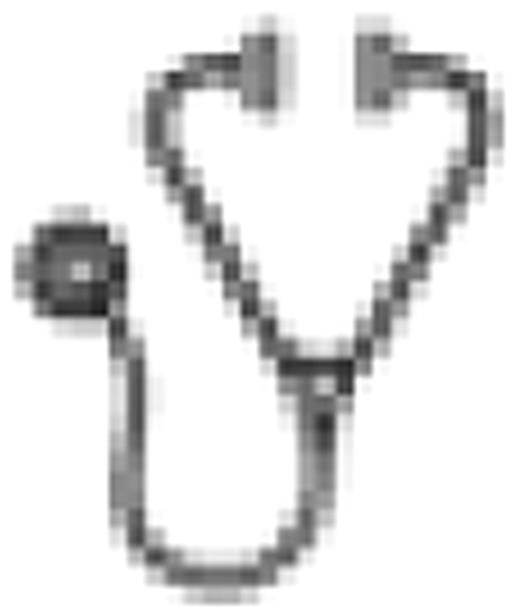Abstract
Abstract 4009
Trisomy 8 is the most common among sole cytogenetic abnormalities in both acute myeloid leukemia (AML) and myelodysplastic syndromes (MDS). In the very first paper published on isocitrate dehydrogenase (IDH) mutations in AML, 13 of the 16 IDH1 mutations detected were associated with normal karyotype, 2 with trisomy 8 and one with trisomy 13. Trisomy 8 was also recurrent in patients with IDH1/IDH2-mutated post-MDS AML. In the current study we examined the prevalence and disease distribution of IDH1 and IDH2 mutations in a large (n=157) group of patients with hematologic malignancies and isolated trisomy 8. The Mayo Clinic cytogenetic database allowed identification of 157 patients with isolated trisomy 8. Archived bone marrow cell pellets were used to extract DNA for IDH1 and IDH2 mutation analysis. Eighteen IDH mutations were identified: 15 IDH2 (14 R140Q and one R140W) and 3 IDH1 (2 R132C and one R132G). Seventeen of the 18 IDH mutations occurred in myeloid malignancies whereas one (IDH2R140W) occurred in a patient with angioimmunoblastic lymphoma who was not previously exposed to chemotherapy or radiotherapy, and in whom the IDH2 mutation disappeared after effective lymphoma chemotherapy. Among the 17 IDH-mutated myeloid malignancies, disease-specific IDH1/IDH2 mutational frequencies were as follows: 27% (3/11) for post-MDS AML, 25% (3/12) for therapy-related MDS/AML, 15% (8/54) for de novo MDS, 13% (2/15) for de novo AML and 3% (1/32) for myeloproliferative neoplasm (MPN). In contrast, IDH mutational frequencies were significantly lower among 64 additional patients with AML or MDS without isolated trisomy 8: 7% in de novo AML (n=28), 0% in de novo MDS (n=21), 0% in post-MDS AML (n=11) and 0% in therapy-related MDS/AML (n=4). In the 54 patients with trisomy 8-associated de novo MDS, prognosis was similar between IDH mutated (n=8; median survival 14 months) and unmutated (n=46; median survival 16 months) cases (p=0.7). The majority of IDH-mutated cases with de novo MDS belonged to high risk MDS disease category. However, 3 of the 8 IDH-mutated patients with de novo MDS and 2 of the 3 with therapy-related MDS did not display excess bone marrow blasts. The current study suggests a possible association between IDH mutations and trisomy 8 in AML and MDS but not in MPN or MDS/MPN. The fact that the mere presence of trisomy 8 did not result in a more than expected incidence of IDH mutations in MPN or MDS/MPN makes it unlikely that such an association would be secondary to trisomy 8-associated genetic or biologic changes. Instead, it is possible that IDH mutations, which have been shown to cluster with high-risk disease in both MPN and MDS associated with 5q-, promote a selective advantage for the survival of the clone that harbors trisomy 8. Consistent with this contention, we were able to demonstrate in one of our patients with relapsed AML, the presence of IDHR132C both at initial AML diagnosis and time of relapse, whereas the trisomy 8 abnormality was seen only at the time of relapse. Regardless, the presence of molecular heterogeneity among patients with trisomy 8-associated AML or MDS might explain the controversial prognostic influence of the specific cytogenetic abnormality.
No relevant conflicts of interest to declare.

This icon denotes a clinically relevant abstract
Author notes
Asterisk with author names denotes non-ASH members.

